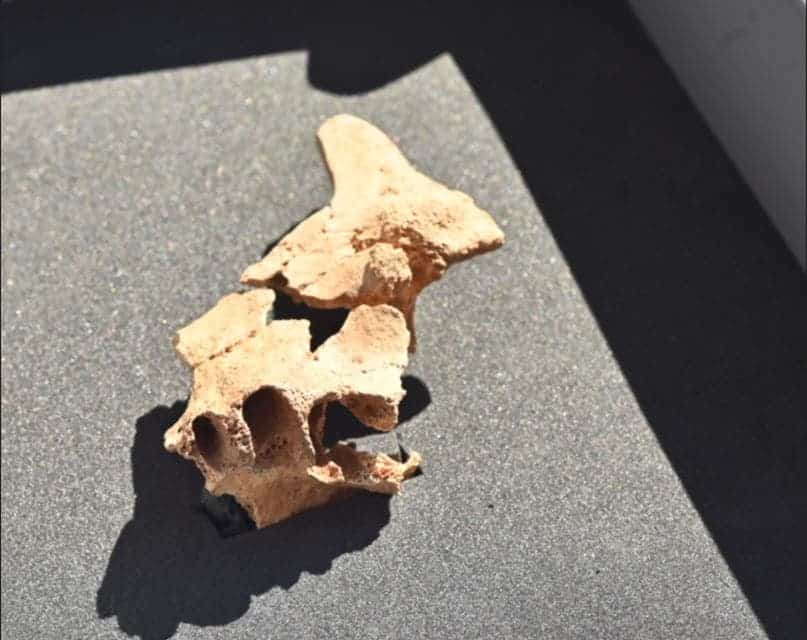Spanish archeologists associated with the non-profit Atapuerca Foundation report finding what could be the oldest human fossil ever found in Europe.

The discovery consists of a jawbone fragment that was discovered in the Atapuerca mountain range of northern Spain. Dating to roughly 1.4 million years ago, it could well be the oldest human fossil ever discovered in Europe, overtaking the current oldest fossil by around 0.2 million years, according to a press release on Friday (link in Spanish).
For now, the team is busy at work analyzing the jaw and refining the initial estimate of its age.
Old bones
The Atapuerca mountain range contains some of the richest evidence of prehistoric human activity in the whole of Europe. They are so important for researchers studying this period in the evolution of humanity that the site at Sierra de Atapuerca was designated a UNESCO World Heritage Site. This was after the discovery of a treasure trove of over 1,600 human fossils at the Sima de los Huesos (“Pit of the Bones”) site starting in 1992, and the discovery of two ancient human remains that were over 900,000 years old and defined a new species, Homo antecessor, in 1993. In 1999, a dedicated non-profit organization, the Atapuerca Foundation, was set up to further research and understanding of the human fossils in these mountains.
Until now, the oldest known human fossil in Europe was another jawbone discovered at the same site in 2007 and dated to around 1.4 million years old. The current jaw was unearthed at the same site on the 30th of June, at a depth of around two meters below the previous jawbone. Due to this position “it is logical and reasonable to think it is older,” says palaeoanthropologist Jose-Maria Bermudez de Castro, the co-director of the Atapuerca research project, during a news conference.
Although this gives us a rough estimate of the fossil’s age, the team is still working to better determine the age of the fossil using various scientific techniques. This will be carried out at the National Center for Research on Human Evolution in Burgos, a city about 10 kilometers (six miles) from Atapuerca and should take six to eight months to complete.
As an upside, this analysis should also help us identify which species of hominid the jawbone belonged to, which archeologists have been so far unable to do. This would give us a fresh new piece of the puzzle of human evolution on the European continent.
The team suspects that the jawbone corresponds to Homo antecessor, but cannot say for sure until the analysis is complete. The Atapuerca Foundation also shares in this belief, writing in a statement that it is “very likely” that the jawbone fragmnet “belongs to one of the first populations that colonized Europe”.


